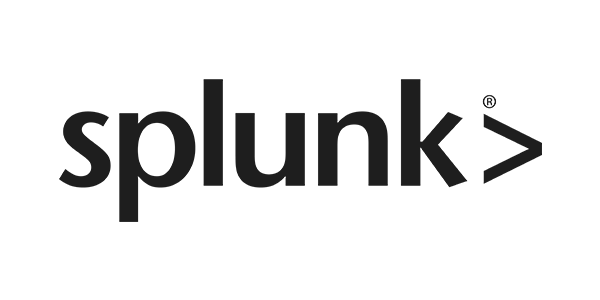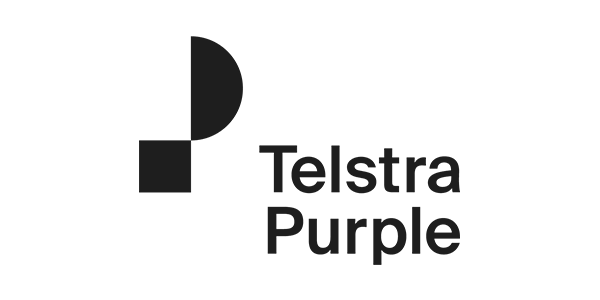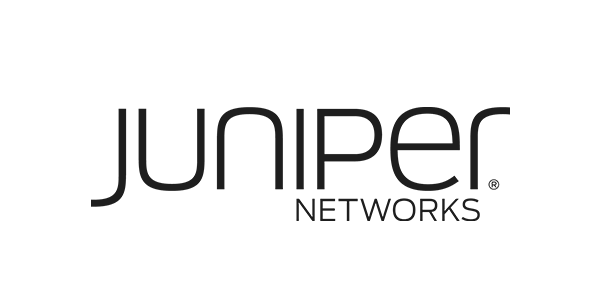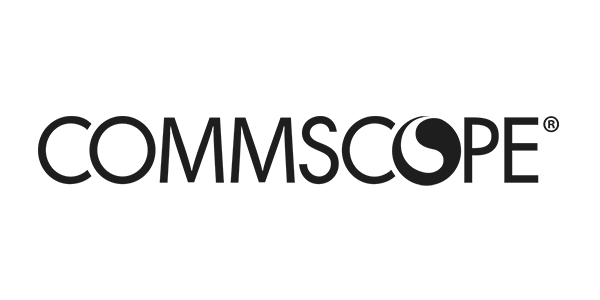Intent data: the how, the who, some things to think about
Intent data can be a valuable tool that makes your ABM activities more effective. But what is it in the real world, and how do you use it without annoying or upsetting the people you want to buy from you?
Our recent blog discussed intent data and what it means for your ABM efforts. Here we’ll take more of a look at the different types of intent data monitoring services that aim to help you improve your ABM.
Types of intent data
According to Gartner, there are four main types of intent data, or intent signals, the things your customers and prospects are doing that you should track and leverage. Each gives you a different level of insight into buyer behavior, so you need to understand how they differ.
Search intent data
This comes from people entering keywords or phrases into a search engine and tells you what your target is searching for – meaning you can then offer them the most relevant answers to their questions.
Engagement data
This is about what level of engagement a prospect has with a specific piece of content. That could be whether they actually read it, or do they share it or comment on it? This type of intent data often comes via social media sites like Facebook and Twitter, as well as email marketing platforms and blogs.
Firmographic data
This is information gathered about a prospective company, things like how many employees it has, what industry it operates in, where it’s located, and what sort of revenues it pulls in. This data is generally gathered from business directories, website forms, and third-party intent data providers (of which more soon). Firmographic data helps you identify and target companies similar in nature and buying habits to your existing buyer base.
Technographic data
This relates to a company’s technology infrastructure, like what software it uses, what hardware it has in place and what networks it’s connected to. This data usually comes via surveys or questionnaires and is designed to give you a better idea of your target companies’ technical capabilities and needs.

Different intent data monitoring providers
There are several leading intent data companies on the market, all of whom promise to help you make your ABM more effective. So you’ll want to evaluate them all and decide which best suits your needs before settling on one of them to use. TechTarget or Foundry (IDG)? Demandbase or Bombora?
Opinions and reviews vary, with Foundry and TechTarget both being rated 4.4 stars out of 5 in research done by Gartner. Users of Foundry cited that they liked how the tool integrates with existing tech tools and that the solution enables them to create cross-platform journeys that span different tactics, channels, and tools. TechTarget users reported that the Priority Engine tool gives them valuable insights into lead behaviour and preferences, making their sales and marketing outreach more successful.
Bombora is rated highly on having lots of intent topics, meaning you can get a very granular understanding of specific products, or services you’re your targets are researching, as well as strong data quality in the US and CRM and MAP integrations. Demandbase scores highly for its feature updates and roadmap capabilities, and for being a company that marketers like to work with[2].
The data protection factor
Naturally, these companies that gather intent data come up against data privacy and regulatory concerns. Regulations like the General Data Protection Regulation (GDPR) and California Consumer Privacy Act (CCPA) have affected how marketers can deploy third-party tracking cookies and collect information about targets, in that now they must get overt acceptance of tracking cookies.
This makes it more difficult to track buyers as they traverse the internet. It’s a tricky area that third-party intent data software providers have to navigate with care.
For instance, visitors to TechTarget web sites like BrightTALK, Enterprise Strategy Group or Computer Weekly are asked to register and, in so doing, give permission for TechTarget and its partners to send them ‘information relevant to my professional interests’. By tracking what type of TechTarget assets and articles you access, they can infer where you are in your buying journey. But can we know for sure? There’s a fine line between a fully interested and engaged buyer and them getting annoyed at being spammed with more promo content than they want or need.
Money well spent?
Before you jump headfirst into intent data to assist your ABM activities, it’s worth taking a breath: intent data services can cost tens of thousands of dollars a year, and that’s just to get your hands on the intent data itself. You then need to allocate budget to actioning that data in your ABM activities. So before you sign on the dotted line, it’s worth trying a service out, seeing if it does add value, and then deciding if it gives you an ROI on your sales or marketing.
Is your ABM campaign not yielding the expected results? Executed correctly, ABM can be an effective tool in the B2B marketer’s toolbox, but it can also be costly and underwhelming if you don’t take the right approach. Creating correctly targeted content is the key to success.
Download our guide to demystifying ABM to find out how to:
- Research and select the best targets for your ABM campaign
- Develop buyer personas that are interested in your products and services
- Create targeted messages that resonate with your audience
- Build the content mix that keeps your readers engaged

![Create the ideal white paper in eight weeks [infographic]](https://www.futuritymedia.com/wp-content/uploads/2020/02/Futurity-Whitepaper-Timeline-Graphic-v6-header.jpg)

![New to ABM? Follow these 5 steps to drive complex sales [UPDATED]](https://www.futuritymedia.com/wp-content/uploads/2023/04/shutterstock_1225782988.jpg)



















